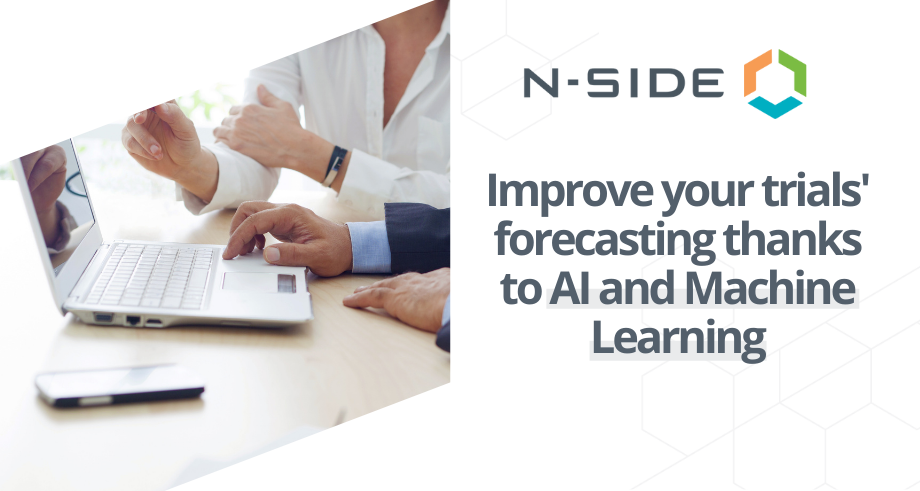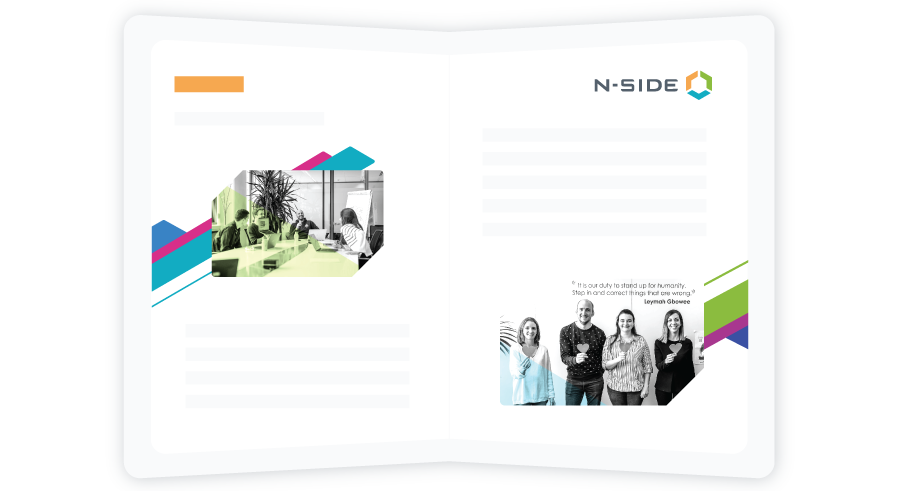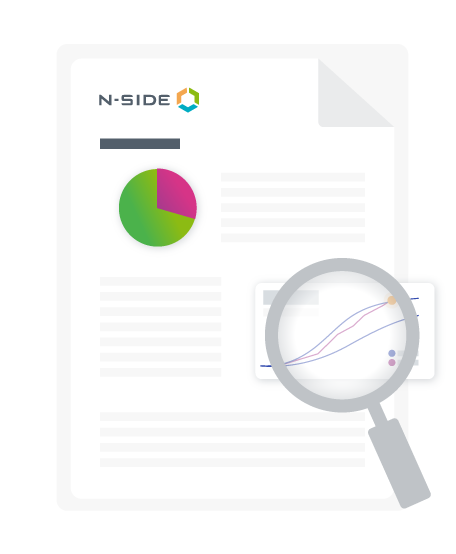How AI & Machine Learning Are Improving Clinical Trial Forecasting


Clinical trials are becoming more complex. New types of therapy like biologics and personalized medicine, as well as treatments targeting rare diseases, create challenges in recruitment, supply chains, and trial protocols.
Trials are also getting more expensive. The global clinical trials market size is expected to reach $69.3 billion USD by 2028, up from $44.3 billion in 2020.
At the same time, however, only around 12% of drug development programs end in success.
There’s clearly a need for pharmaceutical companies to reduce trial costs, speed up time to market, manage complexity, and improve acceptance rates.
To tackle this challenge, many stakeholders are betting on the use of AI and machine learning in clinical trials.
In response to concerns about trial cost and efficiency, the U.S. Food and Drug Administration announced its intention to research and promote the adoption of AI and machine learning for clinical trials back in 2018. Meanwhile, academic institutions and private companies are making progress in developing these technologies.
One major way AI and machine learning will improve the cost, speed, and efficiency of clinical trials is through forecasting. They’re uniquely suited to processing large amounts of data and making predictions about the future.
These forecasts happen on two levels:
- On a large scale, AI and machine learning can predict which trials are most likely to succeed.
- At the individual trial level, these technologies help improve clinical supply forecasting, reducing the risk of drug shortages, cost overruns, and unnecessary drug waste.
Here, we’ll take a closer look at how AI and machine learning are being used to forecast trials.
Using AI and machine learning to predict trial outcomes
What if you could predict which trials are most likely to succeed before they even begin?
That would be a very big deal, as trials are getting more expensive, and resources are limited.
But predicting success is no small feat. There are many possible factors which can impact the success or failure of a trial, so analyzing them all requires huge amounts of data.
Researchers at MIT took up this challenge, leveraging machine learning to analyze a massive data set of clinical trials and build a model for predicting outcomes that uses more than 140 features, such as duration, prior approval for another indication, and sponsor track record.
Their method achieved predictive measures of 0.78 AUC (the estimated probability that a classifier will rank a positive outcome higher than a negative outcome) for forecasting transitions from phase 2 to approval, and 0.81 AUC for predicting transitions from phase 3 to approval.
If this research proves useful in real-world applications, it would allow for better allocation of budget to clinical trials, a higher chance of success, faster time-to-market for potentially life-saving treatments, and better patient outcomes.
Using machine learning for clinical supply forecasting
Forecasting using machine learning and AI doesn’t just help predict which trials will be successful. It can also be used to help increase the likelihood of success for each individual trial.
How? By improving clinical supply forecasting.
One challenge in this space, particularly in more complex trials, is forecasting drug demand. Many aspects of clinical trials (dropout rate, recruitment timing, dose level distribution, etc.) are unpredictable. Assumptions and data are not always available beforehand, making forecasting demand difficult.
Many factors can impact drug demand (and therefore the required supply), including:
- Protocol design
- Recruitment speed and cohorts
- The flexibility of the IRT/RTSM algorithm
- Drug shelf life and expiry replacements
- Dose titrations
- Distribution network and label groups
Although traditional supply forecasting tools take some of these factors into account, they do so using simplistic models. Simplifying the clinical trial model in a forecasting tool reduces accuracy, which can lead to an overestimation of demand and an increase to the total budget. It can also lead to an underestimation of demand, which creates a serious risk of missed dispensing for patients.
Now, machine learning and big data can be used to refine supply chain models, providing accurate risk-based supply forecasts.
The N-SIDE Supply App, for example, uses advanced analytics to account for uncertainty and complexity and produces a quantified picture of missed patient dispensing and drug shortage risk.
The software also uses machine learning to continuously monitor conditions after the trial begins and update the model automatically, ensuring its predictions stay accurate as real-time conditions like weight distribution, drop-out rate per visit and treatment arm, titration probabilities, and local recruitment forecasts change. Using machine learning to analyze large amounts of live data every day helps teams safely plan clinical supply operations.
These technologies enable clinical trial supply teams to avoid overestimating drug demand, thereby reducing drug waste, costs, and trial timelines.
Perhaps even more importantly, it also helps prevent teams from underestimating demand, avoiding any risk of drug shortage, which threatens patient safety and can potentially derail a trial.
Looking ahead
By improving forecasting of trial outcomes and clinical trial supply, AI and machine learning show a lot of promise for tackling the problems of increased costs and low success rates in clinical trials.
And due to the nature of these technologies, the forecasting models they use are only becoming more accurate over time.
Learn more about the impact of uncertainty and complexity on clinical supply forecasting:



About the Author
Antoine Remiot is N-SIDE's Director of Solutions Engineering. Over the past years, Antoine has been sharing his enthusiasm about lean clinical supply chain management, waste reduction, and sustainability with various pharma partners he supported in their change management journey towards digitalization. Antoine is passionate about leveraging data and AI to improve clinical supplies efficiency. He gained expertise in forecasting, planning, IRT configuration, and end-to-end clinical supply chain optimization through his work on hundreds of trials on multiple indications.
Antoine Remiot




You might also like...

Articles
Forecasting and optimization in clinical trials
Learn about the latest advances in clinical trial forecasting and optimization. Understand how technology can help you overcome challenges you face in your clinical trial supply management.
Read now
Case Study
Clinical trial optimization at protocol design
N-SIDE clinical supply experts collaborated with the Clinical Supply team at Merck to optimize the trial design stage in an important oncological trial program. In this Case Study, you’ll learn how the project exceeded targets for waste reduction and cost savings, all while ensuring patients were kept at the heart of trial design.
Download now
Webinar
Assessing the impact of assumptions on Clinical Supply Planning
During this webinar, you will learn that missed assumptions cause more than 20% of your drug waste and risk, what are the most relevant assumptions required for a robust forecast and the impact each assumption has on the supply chain forecasts and patients.
Watch now!

